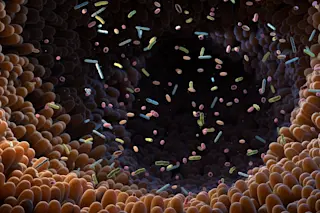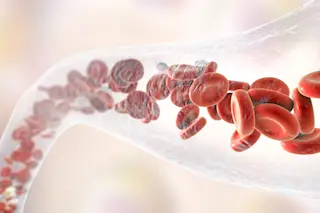Alzheimer’s disease is characterized by a slow yet steady progression of memory loss. It often begins with simple omissions like forgetting a name before eventually robbing its host of the ability to perform basic tasks such as getting dressed.
But how, exactly, does this progression unfold? Medical professionals often break down the disorder into the following stages:
This phase can last up to 20 years before the person even has any signs of disease — yet misbehaving proteins in the brain are already setting the stage for a takeover.
It starts with a sticky form of a protein called amyloid. This sticky nature makes it unable to dissolve and pass through our urine like it normally would, says Nicole Absar, neuropsychiatrist and attending physician at the Stony Brook Center of Excellence for Alzheimer’s Disease.
“[The amyloid proteins] get glued together almost like a cancer cell,” Absar says. “They replace all ...












